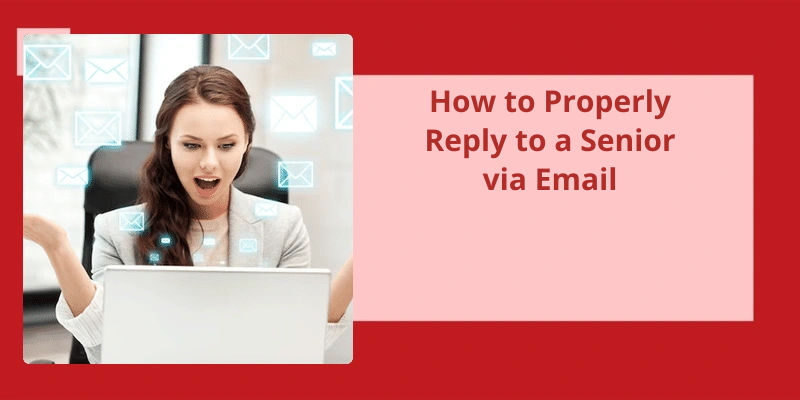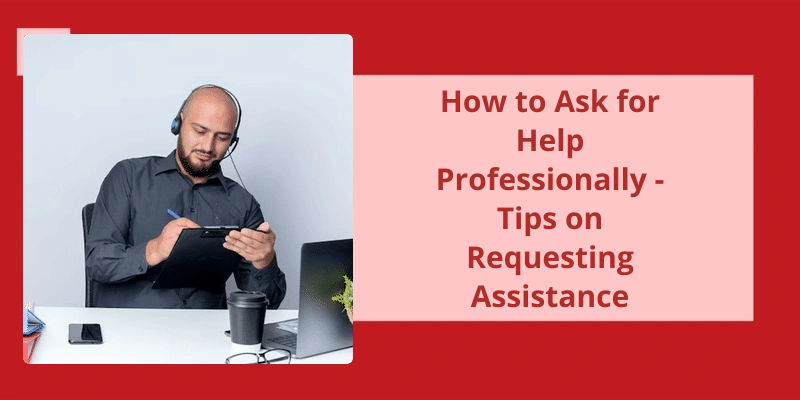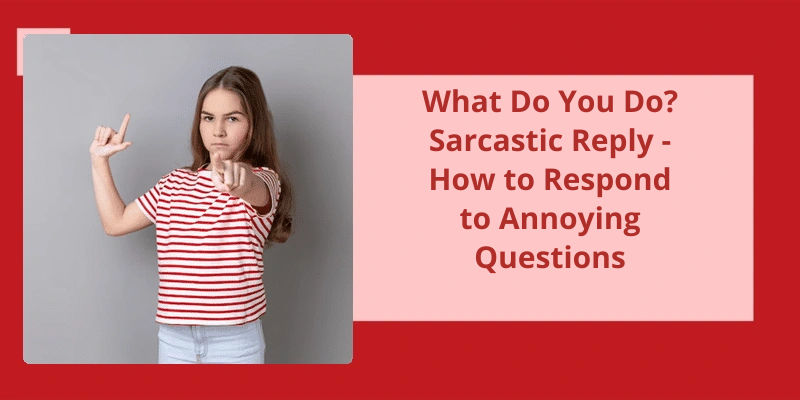Dear (Recipient's name), I hope this email finds you well. Before anything else, I’d like to extend my gratitude for your recent message thanking me for my work. It’s always a pleasure to receive positive feedback, and it gives me great satisfaction to know that my contributions are being recognized and appreciated. I’m thrilled to hear that I’m making a positive impact on our business, and I’m committed to continuing to work hard to achieve our shared goals. Your kind words have encouraged and inspired me to do even better, and I’m excited to see what we can accomplish together in the future. Thank you again for taking the time to acknowledge my efforts, and I look forward to hearing more from you soon.
What Is the Best Reply to Email?
One of the most important aspects of email etiquette is knowing how to reply professionally. In order to do this, you should aim to be clear and concise, while also conveying a level of gratitude and appreciation for the recipients time and effort.
When concluding an email reply, it’s always good to thank the recipient for their consideration. This shows that you appreciate the fact that they took the time to read and respond to your message. Additionally, you can express your eagerness to hear back from them by using phrases such as “I look forward to your response.”. This shows that you’re interested in continuing the conversation and that you value their input.
It’s also important to let the recipient know that you’re available to answer any further questions they may have. You can do this by simply stating, “Please let me know if you’ve any further questions.”. By doing this, you’re demonstrating that you’re willing to help and that you’re committed to providing the best possible service.
Finally, it’s always a good idea to acknowledge the recipients attention and willingness to engage with your message. You can do this by saying something like, “I appreciate your time and attention to this matter.”
How to Deal With Difficult or Negative Emails
- Start with a positive tone
- Read the email carefully and identify the main issues
- Stay calm and composed
- Acknowledge the sender’s perspective
- Offer possible solutions or alternative options
- End the email on a positive note
- Proofread and edit your response before sending
- Set boundaries and remain professional
In a professional setting, it’s important to show proper respect when addressing a senior person in an email. The way you address a senior manager or officer in an email can impact the tone and impression of the message you’re trying to convey. By using the proper salutation, you can establish a professional and courteous tone right from the start. Let’s look at some tips for addressing a senior person in an email.
How Do You Address a Senior Person in an Email?
If you’re looking for a respectful and professional way to address a senior person in an email, there are some simple guidelines to follow. The most common way to address a senior manager or officer in an email is to begin with “Dear Sir” or “Dear Mam.”. This conveys a sense of respect and acknowledges the seniority of the person you’re communicating with.
It’s important to remember to use proper titles when addressing someone in an email. For example, if the individual you’re addressing holds a specific title such as “General Manager” or “Vice President,” it’s appropriate to use that title in your greeting. This not only shows respect but also ensures that you’re addressing the correct person and that your message will be routed to the appropriate recipient.
Avoid using slang or informal language, and instead use more formal language that’s typical of professional communication. This doesn’t mean you’ve to be too formal or stuffy, but rather that you should be mindful of the words you use and the tone of your message.
When drafting your email to a senior person, take the time to proofread and edit your message carefully. This will show that you take the time and effort to communicate effectively and that you value the recipients time and attention. Remember to also keep your message concise and to the point, focusing on the key information that the recipient needs to hear.
By using proper titles, appropriate language, and a respectful tone, you can convey your message effectively while showing respect for the recipients seniority and position. Remember to proofread your message and to keep it concise and focused, and you can ensure that your communication will be professional and effective.
Source: When you address a senior person as ‘Mr.’ or ‘Mrs.’ in an …
Starting an email response can be a challenge, especially when you want to strike the right tone and convey your gratitude or appreciation to the sender. There are many different ways to begin a professional email response, and each approach depends on the context, purpose, and intended audience. In the following sections, we’ll explore some useful tips and strategies for how to start an email response effectively and efficiently, without sounding too formal or too casual. So, let’s get started!
How Do You Start a Professional Email Response?
When it comes to writing a professional email response, it’s important to start off with a greeting. The greeting should set the tone for the email and establish a level of formality that’s appropriate for the situation. Depending on the context of the email, a simple “Hello” or “Hi” can be used. However, if the email is more formal, it may be better to use a specific title and name such as “Dear Mr./Ms./Dr./Professor Last Name.”
After the greeting, it’s important to acknowledge the reason for the email. This can be done by expressing gratitude for the persons help or assistance. An example might be “Thanks for your help with the project” or “I appreciate your update on the status of the issue.”. This not only shows appreciation for the persons efforts, but it also establishes a positive tone for the rest of the email.
Next, it’s important to provide a clear and concise response to the question or request posed in the original email. This can be done by summarizing the information, offering a solution or suggestion, or requesting additional information if needed. A well-written response should address the concerns raised in the original email and provide a clear path forward.
It’s also a good idea to express willingness to assist further if needed. An example might be “Thank you again for your prompt response. Please let me know if there’s anything else I can do to assist you.”
Finally, it’s important to close the email with a professional sign-off. This can be as simple as “Best regards” or “Sincerely.”. It’s important to use a sign-off that’s appropriate for the level of formality established in the greeting. By using a professional sign-off, the email appears polished and complete.
By following these guidelines, emails can be more effective in establishing positive professional relationships and achieving successful outcomes.
How to Use Email Etiquette in Different Professional Settings, Such as Job Interviews or Networking Events.
Email etiquette refers to a set of guidelines for effectively communicating through email. In professional settings, such as job interviews or networking events, using proper email etiquette is important to create a positive impression. This includes being polite, concise, and professional in your language, using clear subject lines, and avoiding using all-caps or excessive punctuation. It’s also important to tailor your language and tone to the specific context and audience, and to proofread your email before sending to avoid any errors or misunderstandings.
Now that we know the importance of including a reply-to address and being timely with our email responses, let’s dive deeper into how to write an effective email reply. Whether it’s addressing negative feedback or showing gratitude for positive responses, there are certain tips and techniques that can help ensure your email reply is clear, concise, and professional. In this article, we will explore some best practices for replying to emails, as well as helpful tools like Twilio SendGrid’s prepared responses.
How Do You Write an Effective Email Response?
Email has become a staple in modern communication, both in personal and professional settings. As such, responding to emails has become an essential task. Writing an effective email response is important as it can convey professionalism, show respect, and streamline communication. To begin with, including a reply-to address is crucial. This allows the recipient to reply directly back to the sender, avoiding any confusion or delays in communication.
Another important factor to consider when replying to an email is time. It’s important to respond to emails in a timely manner, even if it’s just a quick message that acknowledges receipt of the email. Clients and colleagues expect prompt replies, and delayed responses can lead to a breakdown in communication and trust.
When receiving negative replies, it’s important to show compassion and empathy. Sometimes, the email may be a complaint or a request for help, and responding in an understanding and helpful manner can go a long way in maintaining positive relationships. Asking follow-up questions to gather more information can also help resolve any misunderstandings or issues.
Forwarding a reply can be an effective way to keep all parties involved in the conversation. This could be helpful in situations where multiple people are discussing a project or issue. However, it’s important to ensure that the recipient is okay with their email being forwarded to others before doing so.
It’s also important to reply to positive feedback. This could be a thank-you message or a compliment. Responding in a polite and sincere way can help nurture positive relationships and foster goodwill.
For example, Twilio SendGrid has a range of pre-written emails for common situations such as password resets or account activation. These pre-written scripts can be a time-saver and can help ensure consistency across all email replies.
Responding in a timely, professional, and helpful manner can ensure that your emails are well received and understood, ultimately fostering positive relationships.
Proper Etiquette for Responding to Emails From Superiors and Clients
- Respond promptly, ideally within 24 to 48 hours.
- Begin with a courteous greeting using your superior or client’s name.
- Show appreciation for the email or request.
- Answer all questions or address each point raised in the email.
- Be clear and concise in your response.
- Avoid using overly casual language or emojis.
- Include a professional email signature with your contact information.
- End with a polite closing and a signature that includes your name.
Conclusion
It’s always encouraging to receive positive feedback, especially when it comes from a senior member of the team. Your kind words validate my effort and motivate me to strive for excellence. I look forward to working with you and the rest of the team to achieve our goals and advance the success of the company. Thank you once again for your acknowledgment, and I’ll continue to work hard to meet and exceed your expectations.






